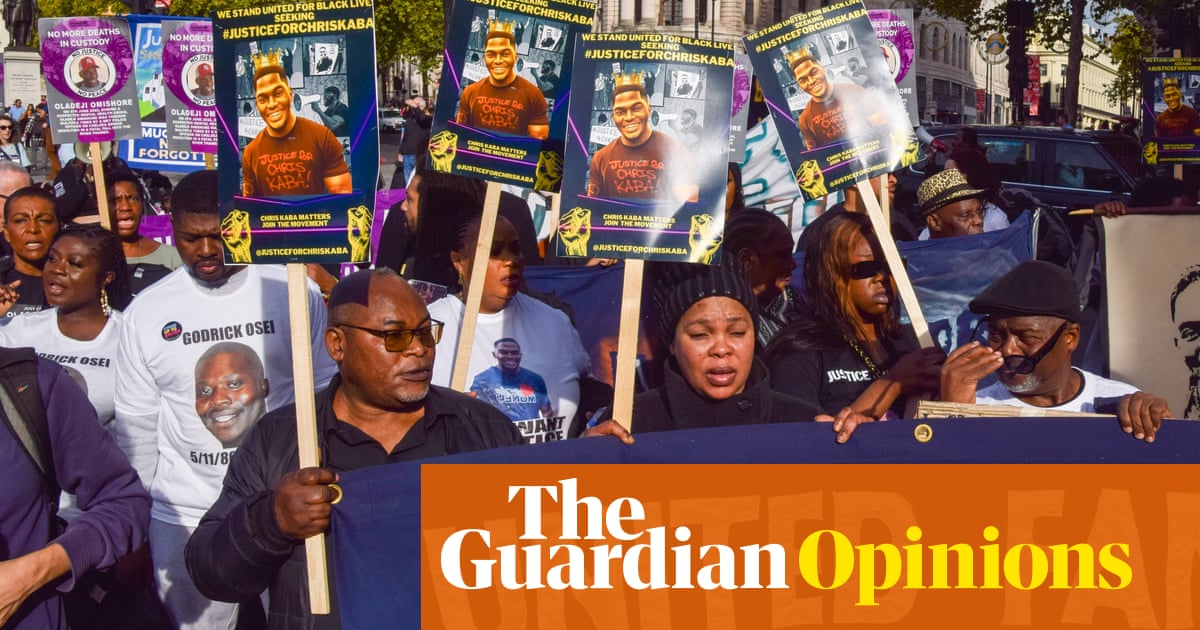
As US President Donald Trump congratulates himself on the ‘achievement’ of withdrawing from Syria, with the exception of the oil producing area, Western capitals seem to be in a hurry to calm the situation in Iraq, Lebanon and Yemen.
Everybody wants to facilitate forming new governments and contain tension; while no one seems to care about anything other than replacing one government with another, regardless of what the region is going through. Yet, since the outbreak of the current Lebanese uprising against the ruling elite and corruption three weeks ago, which led to the resignation of Saad Hariri’s cabinet, the Secretary General of Hezbollah made three appearances in which he resorted to ‘advice’, directives, accusations and threats.
Iraq is also going through a similar popular uprising calling for the resignation of the government and parliament. This uprising is sweeping the Shiite areas of central and southern Iraq, and has witnessed tearing down pictures of Iran’s Supreme Guide Ali Khamenei and the Revolutionary Guards Al-Quds Brigade commander General Qasim Soleimani. Incidentally, Soleimani had left Lebanon, a few days before, to Iraq, where he has been busy planning the containment and crushing of both uprisings.
In both cases, fingers have been pointing to the Iranian leadership, which is obvious; since it would be absurd to separate the terrible living conditions in countries like Iraq and Lebanon, from their virtual occupation and rule by Iranian-controlled militias. In Lebanon, Hezbollah’s occupation has been the direct cause of the country’s brain drain, lack of investment, concealment of widespread corruption, and destruction of its services sector. Likewise, in Iraq, the de facto occupation of the Popular Mobilization Forces (PMF) and its constituent militias have been sucking dry the oil-rich country’s great wealth, including causing the closure of no less than 52,000 factories as Iran imposes its stranglehold on the Iraqi economy.
Two valuable contributions to the subject were recently published in the US, covering Iraq, Lebanon and Syria. The first, was an article by Samir Sumaidaie, a former Iraqi Interior Minister and former Ambassador to the UN and Washington, published by ‘The Atlantic Council’; and the second, was a report on ‘The Growing Threat to the Druze’ published by ‘The Middle East Institute’ with collaboration of ETANA-Syria.
Sumaidaie wrote: “In Washington, some believe that despite the protests in Iraq that began in early October and continue apace, the current Iraqi government should be supported and given help as it responds to the just demands of the protesters. The reasons given range from: “What is the alternative? The devil you know is better than the devil you don’t” to “This is the constitutionally elected government, and challenging it risks chaos.”
“That analysis,” he added “might be convenient, but it is wrong. It does not take into account what has led to this explosion of public anger.
The May 2018 elections were all but boycotted by the electorate. The turnout was claimed to be around 44 percent, but many believe it was much lower. That contrasts with the 60 percent turnout in recent previous elections even without all provinces fully participating. Then, in June 2018, a suspicious fire destroyed half of the ballots from the 2018 election, and the results were “adjusted” by an Electoral Commission (EC), which should have been independent but was not.”
He then pointed out to the fact that “the constitutionality of the current political system is open to challenge in other important respects”, including:
1- “The constitution forbids discrimination on the basis of race, religion, and sect, but the current political order is predicated on the Prime Minister being Shiite, the President Kurdish, and the Speaker of Parliament Sunni…
2- The constitution explicitly bans militias. But there exist in Iraq heavily armed militias (and not just the Popular Mobilization Forces, also known as the PMF) with declared allegiance to Iran…
3- Most importantly, the ruling clique has diverted the country’s revenue from oil—the country’s primary source of income—into the pockets of the elite through an elaborate patronage scheme and corruption (….) Young people would not go into the streets unarmed and aware that they face live bullets from the militias if they were not desperate.”
In conclusion, he wrote that “the Iraqi government, as it is constituted now and despite all past and present promises and claims to the contrary, does not have the political will or the capacity to deliver good governance.”
As for ‘The Middle East Institute’s report, under the title ‘Divide and Conquer: The Growing Threat to the Druze’, it maintained that “Deep political, familial, and religious ties have allowed Druze communities across the Levant to remain largely unified against external threats, but eight years of violence in Syria and a coordinated campaign by the regime and its allies now threaten to destabilize regional Druze politics and erode the sect’s political and military power. An Iranian-backed campaign by Hezbollah to incite inter-Druze violence in Lebanon has curtailed this unity, laying the groundwork for Hezbollah to expand into Syria’s Suweida province with impunity.”
The report added that “Hezbollah’s push to create inter-sect strife has extended from Beirut to the occupied Golan Heights to Suweida”, and went on explaining that:
1- Approximately 60% of all armed groups in the Suweida province are affiliated with Hezbollah, and it continues to work to recruit or co-opt partners there.”
2- Within Iran’s strategy, Hezbollah is launching a two-pronged attack on the Druze: One inside Lebanon, where it is working to divide the community and weaken its biggest political bloc headed by Walid Jumblatt through supporting and encouraging aspiring rivals; and inciting inter-Druze confrontation and violence in their Mount Lebanon stronghold. The other in Syria, where Hezbollah and the Iranian militias blackmail the Druze of Suweida (southern Syria) through organized crime, like kidnappings, assassinations, smuggling. Also in the Israeli-occupied Golan Heights, tensions and divisions are being fomented between the area’s Druze and Jumblatt.
3- As for Israel, “Hezbollah and the regime have clashed with Israeli forces at the Lebanese-Israeli border in recent weeks, and the controversial passage of a Jewish nationality law in Israel has seen relations between the Druze and Tel Aviv sour since the beginning of the year.” Exploiting the tension between the 1948 Palestinian (Israeli) - Druze and the Israeli right-wing government; more so after the ‘Jewish nationality law’ is hoped to neutralize the Druze there, and allow the pro-Iran militia to extend its influence to the eastern slopes of Mount Hermon adjacent to occupied Golan Heights.
The two aforementioned published works are extremely valuable to the understanding of the events in Iraq and Lebanon, as well as the strategic land ‘corridor’ Iran is creating between Tehran and Beirut through Iraq, Syria and Lebanon.
General Soleimani, who is virtually the ‘military governor’ of the three countries is going ahead with this project against the deafening silence – is it the collusion – of the International Community!
One sincerely hopes that the suffering stops and strong will of the Iraqis and the Lebanese proves strong enough to defeat this collusion.












